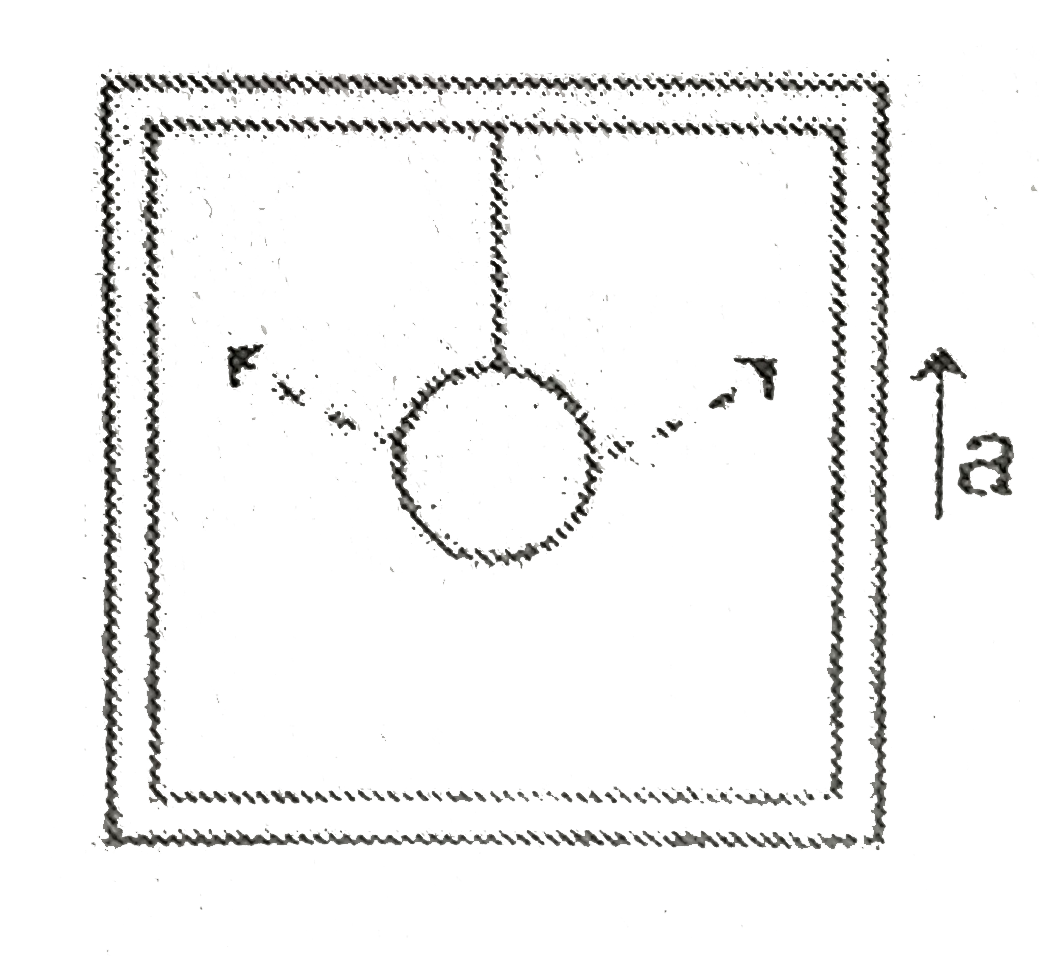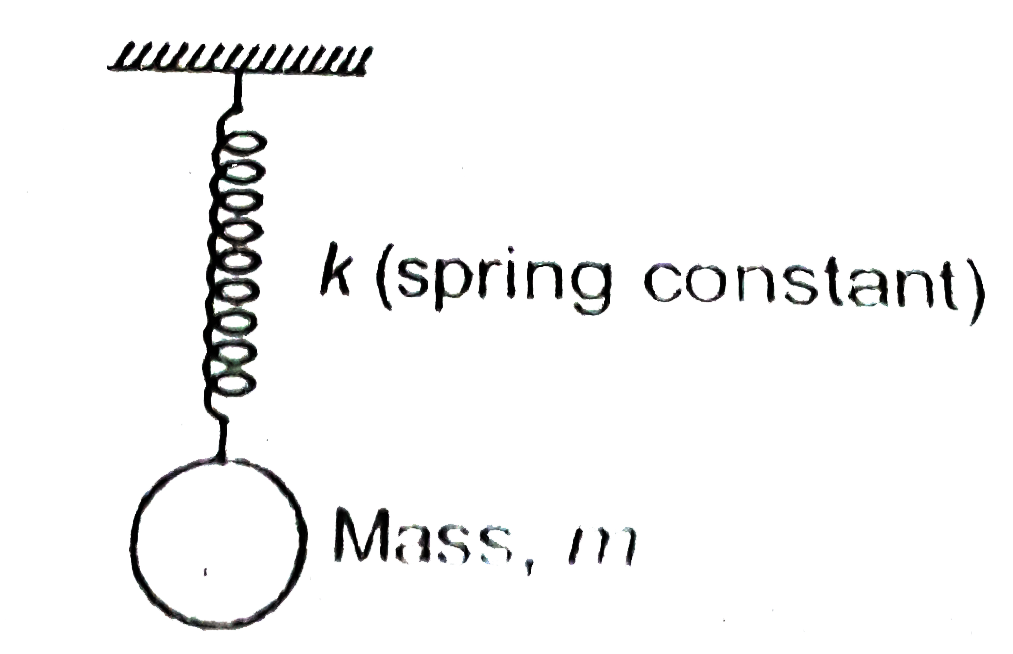The time period of a simple pendulum measured inside a stationary lift is found to be T . If the lift starts accelerating upwards with an acceleration g/3, the time period is
√2T
T√2
√32T
T3
The correct Answer is:C
To solve the problem, we need to analyze the time period of a simple pendulum in two different scenarios: when the lift is stationary and when it is accelerating upwards.
1. Identify the Time Period in the Stationary Lift:
- The time period T of a simple pendulum is given by the formula:
T=2π√Lg
- Here, L is the length of the pendulum and g is the acceleration due to gravity.
2. Consider the Lift Accelerating Upwards:
- When the lift accelerates upwards with an acceleration a=g3, the effective gravitational acceleration g′ experienced by the pendulum bob changes.
- The effective gravitational acceleration when the lift is accelerating upwards is given by:
g′=g+a=g+g3=g+g3=3g3+g3=4g3
3. Calculate the New Time Period:
- The new time period T′ of the pendulum in the accelerating lift is given by:
T′=2π√Lg′
- Substituting g′ into the equation:
T′=2π
⎷L4g3=2π√3L4g=2π⋅12√3Lg=√32⋅2π√Lg
- Since 2π√Lg=T, we can rewrite the equation as:
T′=√32T
4. Conclusion:
- The new time period of the pendulum when the lift is accelerating upwards is:
T′=√32T
Final Answer:
The time period of the pendulum when the lift accelerates upwards with an acceleration of g3 is √32T.
- The time period T of a simple pendulum is given by the formula:
T=2π√Lg
- Here, L is the length of the pendulum and g is the acceleration due to gravity.
- When the lift accelerates upwards with an acceleration a=g3, the effective gravitational acceleration g′ experienced by the pendulum bob changes.
- The effective gravitational acceleration when the lift is accelerating upwards is given by:
g′=g+a=g+g3=g+g3=3g3+g3=4g3
- The new time period T′ of the pendulum in the accelerating lift is given by:
T′=2π√Lg′
- Substituting g′ into the equation:
T′=2π
⎷L4g3=2π√3L4g=2π⋅12√3Lg=√32⋅2π√Lg
- Since 2π√Lg=T, we can rewrite the equation as:
T′=√32T
- The new time period of the pendulum when the lift is accelerating upwards is:
T′=√32T
The time period of the pendulum when the lift accelerates upwards with an acceleration of g3 is √32T.
Similar Questions
The time period of simple pendulum inside a stationary lift is T. If lift starts accelerating upwards with the acceleration of g/2, then the new time period of the simple pendulum will be
View SolutionA man measures the period of a simple pendulum inside a stationary lift and finds it to be T sec. if the lift accelerates upwards with an acceleration g/4, then the period of the pendulum will be
View SolutionA man measures the period of a simple pendulum inside a stationary lift and finds it to be T sec. if the lift accelerates upwards with an acceleration g/6, then the period of the pendulum will be
View SolutionTime period of a simple pendulum inside a satellite orbiting earth is
View SolutionThe time period of a simple pendulum inside a stationary lift is √5 s. What will be the time period when the lift moves upward with an acceleration g4?
View SolutionA scientist measures the time period of a simple pendulum as T in a lift at rest. If the lift moves up with accelerationi as one fourth of the acceleratioin of gravity, the new time period is

View SolutionThe time period of a simple pendulum is T remaining at rest inside a lift. Find the time period of pendulum when lift starts to move up with an acceleration of g/4
View SolutionTime period of a simple pendulum in a freely falling lift will be
View SolutionA man measures time period of a pendulum (T) in stationary lift. If the lift moves upward with acceleration g4, then new time period will be
View SolutionTime period of a spring pendulum when lift moves downward with constant velocity v is T second. When the lift moves upward with constant acceleration=g3 , the time period will be

View Solution
